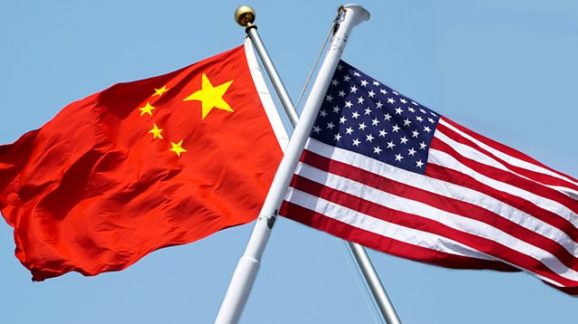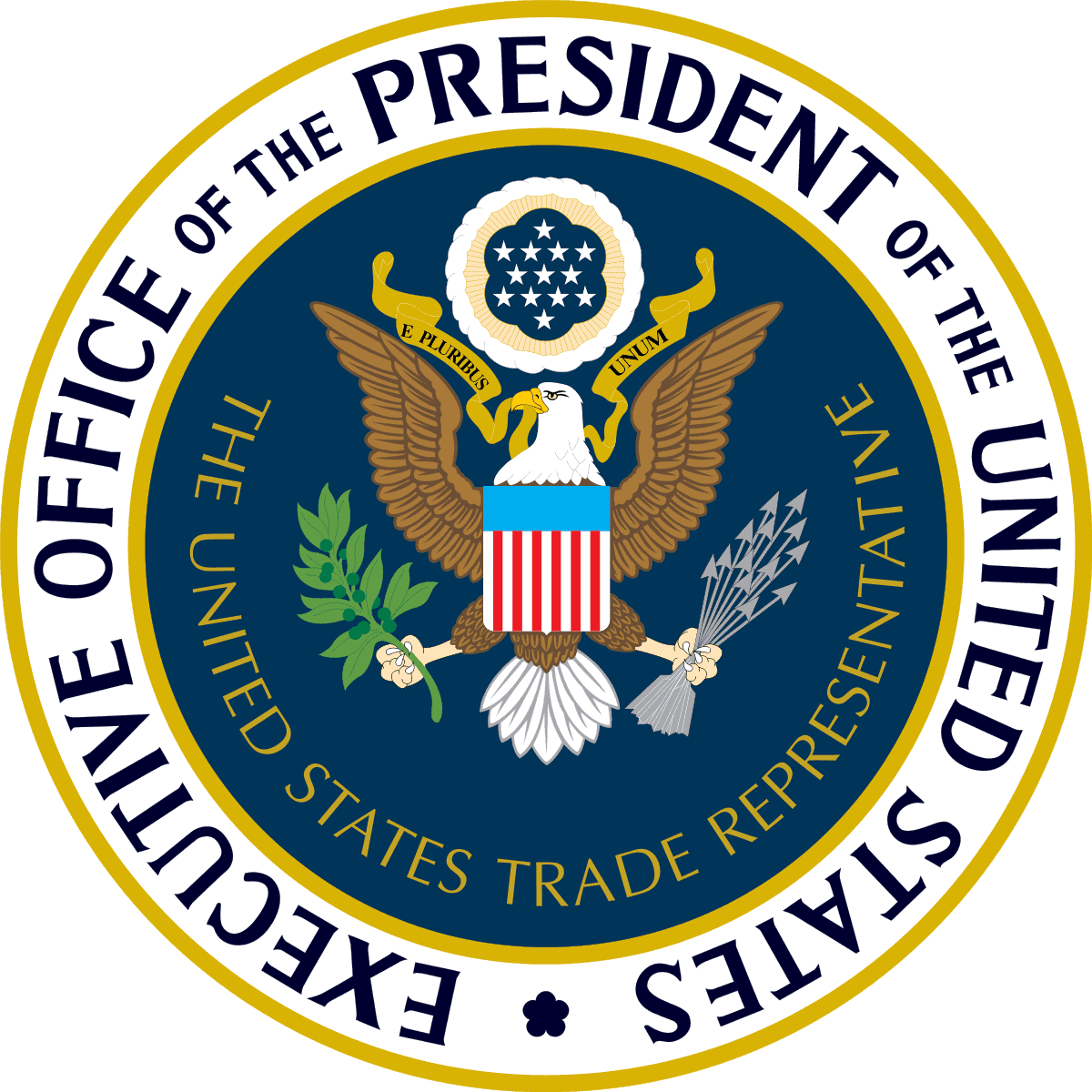New China Tariffs Coming Soon

 Less than a week after signing a bill to reduce some tariffs, the administration is moving to raise others. As soon as today, the Trump administration is expected to announce ten percent tariffs on about $200 billion of Chinese goods. They could take effect in as soon as a few weeks, in time for the holiday shopping season. The administration is also reserving the right to adjust the rate upwards to 25 percent in the future. They did not specific the likelihood, criteria, or timetable for such an increase, which is upsetting to longterm investors.
Less than a week after signing a bill to reduce some tariffs, the administration is moving to raise others. As soon as today, the Trump administration is expected to announce ten percent tariffs on about $200 billion of Chinese goods. They could take effect in as soon as a few weeks, in time for the holiday shopping season. The administration is also reserving the right to adjust the rate upwards to 25 percent in the future. They did not specific the likelihood, criteria, or timetable for such an increase, which is upsetting to longterm investors.
What is the goal of all of these tariffs? It isn’t entirely clear. The President seems preoccupied with trade deficits. This is unfortunate; trade deficits have no effect on economic health. As Trump’s aides repeatedly explain to him in what they call “Groundhog Day” meetings, trade deficits don’t hurt the economy because people get something in return. I send money abroad only if I get, say, a pair of shoes that I value even more than the money. My employer runs a trade deficit with me, just as I run a trade deficit with my grocery store, which runs a trade deficit with its suppliers, and so on. None of these trade deficits are a bad thing. This accounting measure would remain ethically and economically irrelevant even if international borders stood in between any of those trades. The President’s logic does not hold, and his advisors can’t seem to shake him out of it.
But there are other things going on, too. The U.S. does have legitimate policy grievances with Beijing. To briefly go through the list:
- Intellectual property theft is rampant in China. The U.S. government is responding by enacting new tariffs. The Chinese government is not changing its IP policy. It has enacted retaliatory tariffs instead.
- The Chinese government forces technology transfers from foreign companies who do business in China. The U.S. government is responding by enacting new tariffs. The Chinese government is not changing its technology transfer policy. It has enacted retaliatory tariffs instead.
- Beijing requires a government ownership stake in many foreign investments, or at least some form of government control. The U.S. government is responding by enacting new tariffs. The Chinese government is not changing its policies. It has enacted retaliatory tariffs instead.
- There is a troubling and possibly growing general authoritarianism under Xi Jinping. Tariffs give the Chinese government a free bad guy to blame for any economic setbacks. “The problem isn’t our repressive policies, it’s unfair actions by the Americans,” they can tell their people.
We have learned the hard way that tariffs do not work. Leaving economic harm aside, which we shouldn’t, tariffs do not advance the U.S. government’s foreign policy objectives. We should not be enacting them.
What will work? Policies the administration has mostly rejected. The Trans-Pacific Partnership (TPP) would have enacted binding reforms along the lines of what the Trump administration wants. The Trump administration pulled out of the TPP on its first full business day in office.
Engaging the World Trade Organization is another option, and it is still on the table. One benefit of China joining the WTO is that it is now subject to its dispute resolution process, where America’s success rate as a complainant is more than 85 percent. Instead of engaging this process, President Trump has expressed a desire to leave the WTO.
Any way you slice it, the new round of China tariffs is counterproductive. It will not achieve its foreign policy objectives, it will not benefit the economy, and odds are it won’t affect the trade deficit, which has nothing to do with economic health anyway. It is not too late for the administration to admit its mistakes and rescind its existing and proposed tariffs.
For more on sound trade policy, see my recent study (with Iain Murray), “Traders of the Lost Ark: Rediscovering a Moral and Economic Case for Free Trade.”